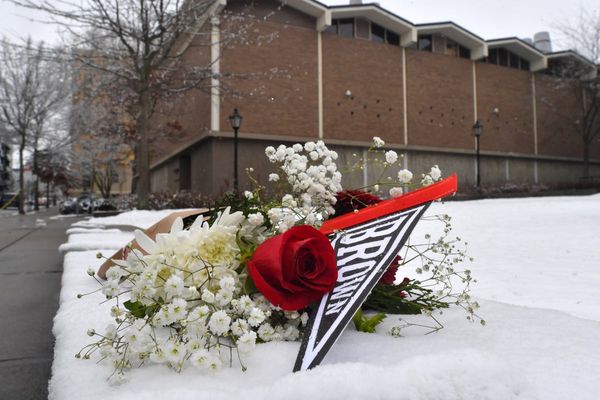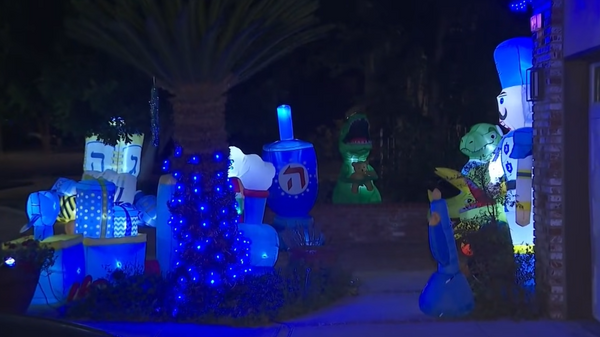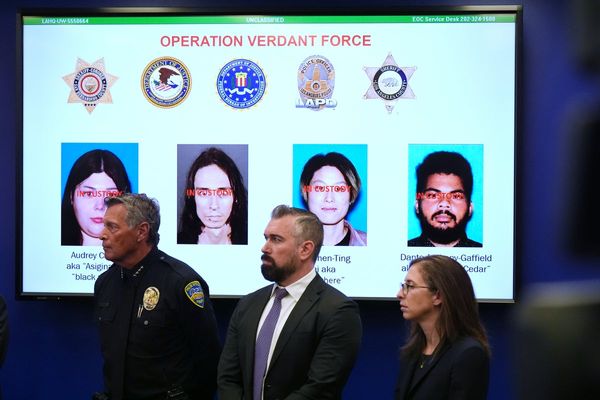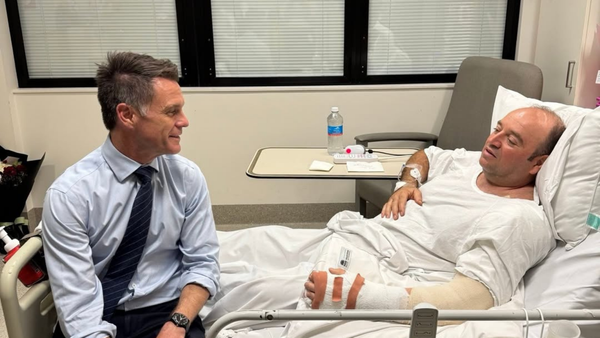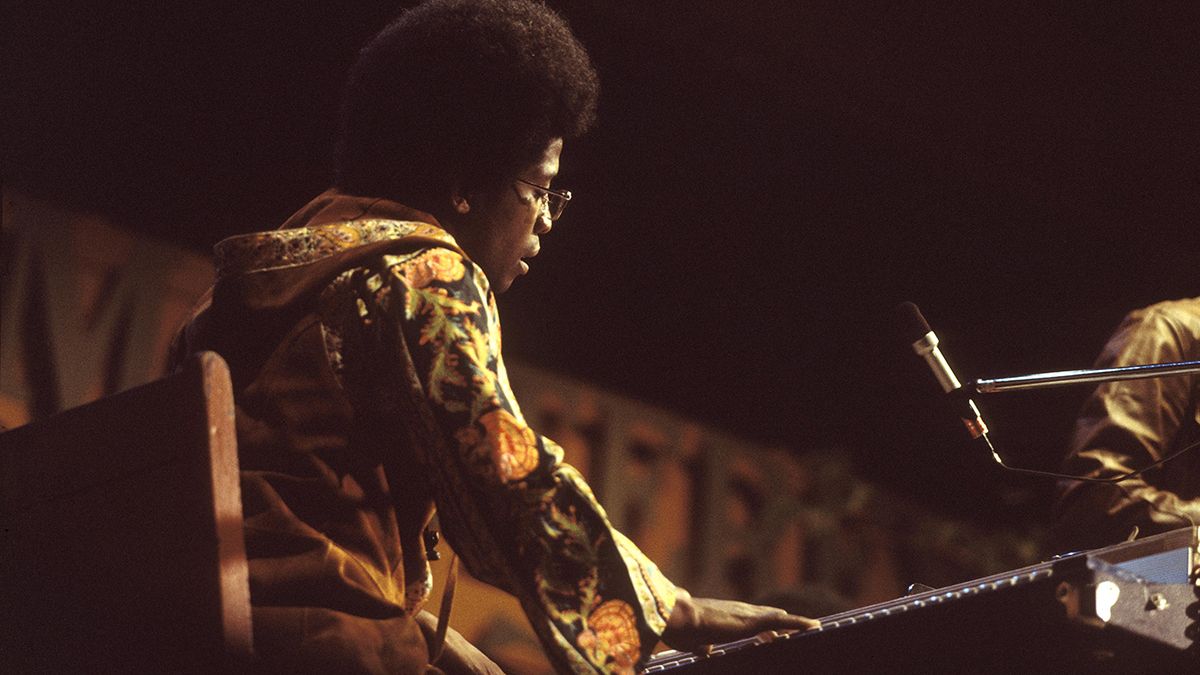
Few people know the Rhodes piano as well as Herbie Hancock. In fact, he actually knew the instrument’s inventor, Harold Rhodes.
It turns out, though, that one of Hancock’s early encounters with Rhodes was a little awkward, with Harold not taking too kindly to some of the modifications that Herbie had made to one of his instruments.
Speaking in a newly released video from Spectrasonics, in which Hancock is seen playing the Rhodes emulation from the company’s Keyscape software, the jazz great reminisces about the time that Rhodes came down to watch him and his band performing at The Lighthouse in Hermosa Beach, where he was playing one of the early versions of his piano.
“Harold came down to see me and the band… to see how his instrument was being used,” Hancock remembers. “So we play and afterwards he comes up to me and says ‘you cannibalised my instrument! Why did you do that?’”
Rhodes was referring to the fact that Hancock had equipped his piano with inputs and outputs, something that he felt was going to be useful going forward. And not only for him, but for other musicians.
“‘Harold, I think that what I’m doing - which is using other devices with the instrument - I think a lot of other guys are going to want to do this,’” Hancock told Rhodes. “So I said, ‘Why don’t you put some inputs and outputs over on the side?’ And I started thinking about the studio. I said, ‘Why not put XLR [in the piano] also?’ And he did.”
Those familiar with their Harold Rhodes history will know that the first pianos he created were made from aeroplane parts and built for wounded US soldiers who were convalescing after World War 2, and elsewhere in the video, Spectrasonics’ Eric Persing brings in one of these mini instruments - its toy piano-like sound was sampled for Keyscape - so that Hancock can take a look at it.
“It doesn’t have audio outs because he hadn’t met you yet,” jokes Persing.
